Wall of Remembrance
They are gone but they are not forgotten, for they live on in the hearts of those who knew them and loved them. And through this medium they remain alive for future generations and beyond. Dios ba ku nhos!
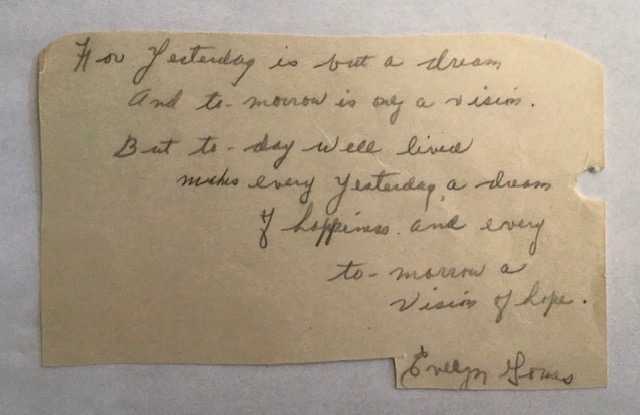
"Yesterday is but a dream, tomorrow is but a vision. But today well lived makes every yesterday a dream of happiness and every tomorrow a vision of hope."
This Sanskirt proverb written by Kalidasa became an affirmation for a young Evelyn Gomes, daughter of Manual and Anna Gomes. Here written in her own hand.

Manuel T. Gomes — Husband to Anna Gomes. His story is told in the video titled "Una Konta di Nha Donu." He is memorialized on the plague which honors his sacrifice for family. He is also fictionalized as "Pai" in the novel Oh, Nantucket. A man of few word, but when he spoke his message often — profound.

Anna (Viera) Gomes, (circa 1918), Wife of Manual Gomes and Annie or Aunt Annie to those who loved her. She is pictured here with daughter Evelyn.
Her door was always open and family and friends would drop by daily to pay their respects and share the local gossip.

Evelyn (Gomes) Browne, eldest daughter of Manual and Anna Gomes. Picture from some time in the 1940's.
Her affirmation would be realized in a life well lived.
In later years with Nantucket well behind her she would write a journal detailing travels and adventures shared with her husband Eric and many long time friends.
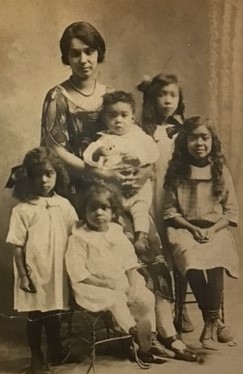
This, April 1926, photo shows Anna with 5 of her children, Evelyn, Rose, Marianne, Margo and Peter
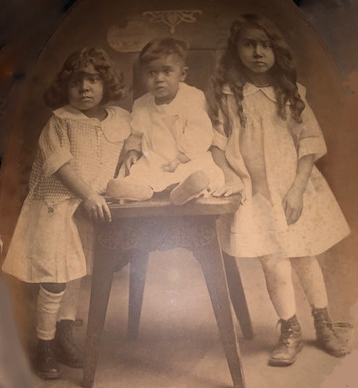
Rose, pictured on the left, was Anna second child. Her life would be short-lived dying of scarlet fever at the age of 19. Also pictured are Marianne and Evelyn ages unknown.
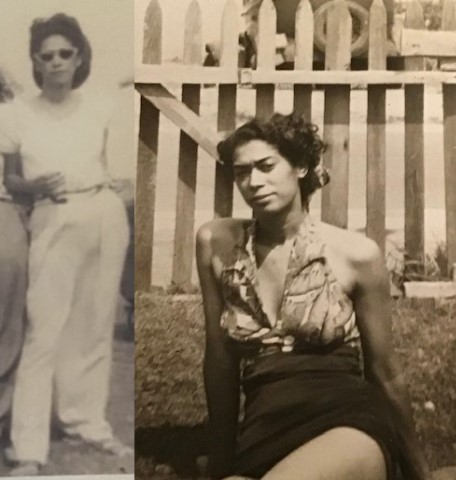
Marianne (Gomes) Michaels was Anna's second child. She was the glamerous one in the family — always on the go. Fashion and style were her trademarks. When going out she was always "dressed to the nines." She was kind and giving to a fault, sharing what little she had with others. Married briefly, it ended tragically with the death of her husband. She became a live-in domestic for Charlie Wong, a prominent restrauranter in New Bedford and would remain devoted to his care until his death. After working several jobs she would end up caring for the famous painter Karl Knaths in Provincetown until he passed. He was so fond of her that he gave her several priceless painting from his collection. She would remain in Provinectown, on Commercial Street, looking out the window, surveying the passers by transformed by time from party-girl to recluse.
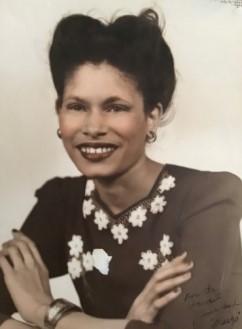
Mary (Gomes) Soto was born in 1923. She did not like her given name and insisted on being called Margo. Her life was ordinary and unacomplished. Like so many she left Nantucket for New Bedford seeking better opportunities. Margo embraced the "old country" superstition that left-handedness was the sign of the devil and took it upon herself to convert me to being right-handed. Like all of Anna's children, she had a heart of gold.
Insert Photo Here
Peter was the eldest son of Manual and Anna Gomes. Like his father he was accomplished in many areas. He could build, he could boat, he could repair any engine and he knew the waters around Nantucket like the back of his hand. Peter was determined to make Nantucket his home and he did raising two daughters along the way. I recall his battle with town officials when he applied for the job of Habormaster. It appears he did obtain the position but was unable or unwilling to continue in the position for reasons unknown to me. With the passing of his father Peter took on the role of tending to his mother's needs where a male figure was required. He was devoted to her.
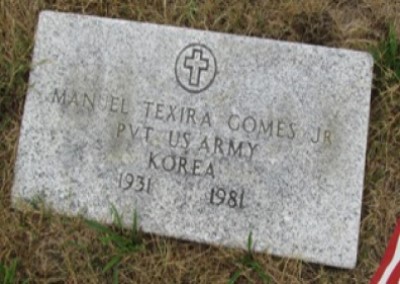
He was Manual T. Gomes Jr. but everyone called him Sonny. Unfortunately, I could find no pictures of him worthy of display. I remember him as fun to be around — more a brother than an uncle. The day I swallowed a marble, he saved my life by whacking me on the back sending the marble flying across the room. He was drafted into the Army and sent off to Korea. When he returned he was a different person. Something happened over there that was never talked about. Nobody knew about PSTD in those days. I remember visiting him at the Veterans' Hospital looking old and frail — the words of a Cape Verdean song in my head. ...Triste momentu na vida, bo e fidja di Naninha. The song talks about the sadness in life suffered by Annie's child. I saw the sadness in his eyes. Another casualty of war!
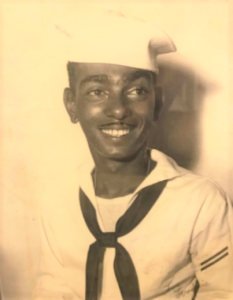
Alfred Joseph Gomes was the baby of the family. He was a gentle spirit, very much to himself. His only occupation growing up was to tease me and that he did on a reqular basis. We were only five years apart in age so it was all just childish stuff. Freddie, as everyone called him had a natural talent for art. I used to watch him draw cartoon characters from the comic books with great ease. But as he got older he gave it up as just a childhood phase. Freddie joined the Coast Guard to avoid going into the Army. He had seen the changes in this brother and wanted to avoid military conflict. He would return to Nantucket with a wife but the marriage was short-lived. He gained custody of his daughter but would not live to see her grow up. His mother would step in and raise her. Three of her children would pre-decease her ‐ Rose, Sonny and Freddie.
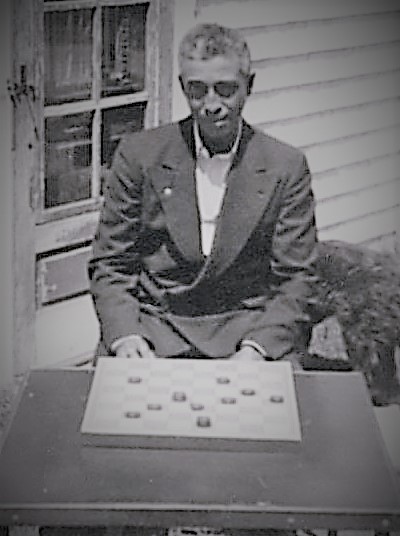
Ti Jeja (sp.), Joseph Viera was Anna's older brother. He was soft spoken man with a powerful intellect. In those days there were no avenues for intellectual expression for Cape Verdeans on Nantucket but he found it in the world at large becoming a national checker champion by mail. In his daily life he was employed as a street sweeper for the town's highway department. Ti Jeja was a thrifty man, I'm guessing, a function of his hard scrabble upbrining. Unlike my godfather Joe Lopes who always gave us kids coins for candy and ice cream, Ti Jeja would limit his gifts to a warm smile or quip of some kind. We knew though the love was there but his coins would remain firmly within his pocket.
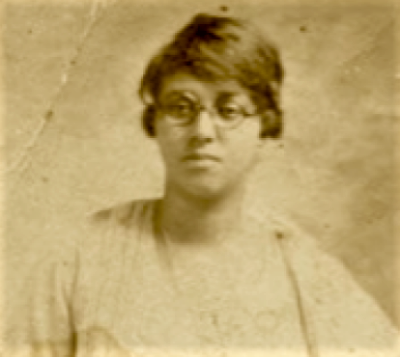
Mary Viera Roderick was Anna's older sister. I know little of her, as she died before I was born. But I would hear my mother and others refer to her as Tita Bayi (sp.). I never thought to ask what that stood for — Aunt something? I've seen her pictures though — a strike woman. Her daughters, Sobina Roderick and Alice Roderick Mendes were especially close to their "Aunt" Annie, as were her other children. The next generation, not so much.